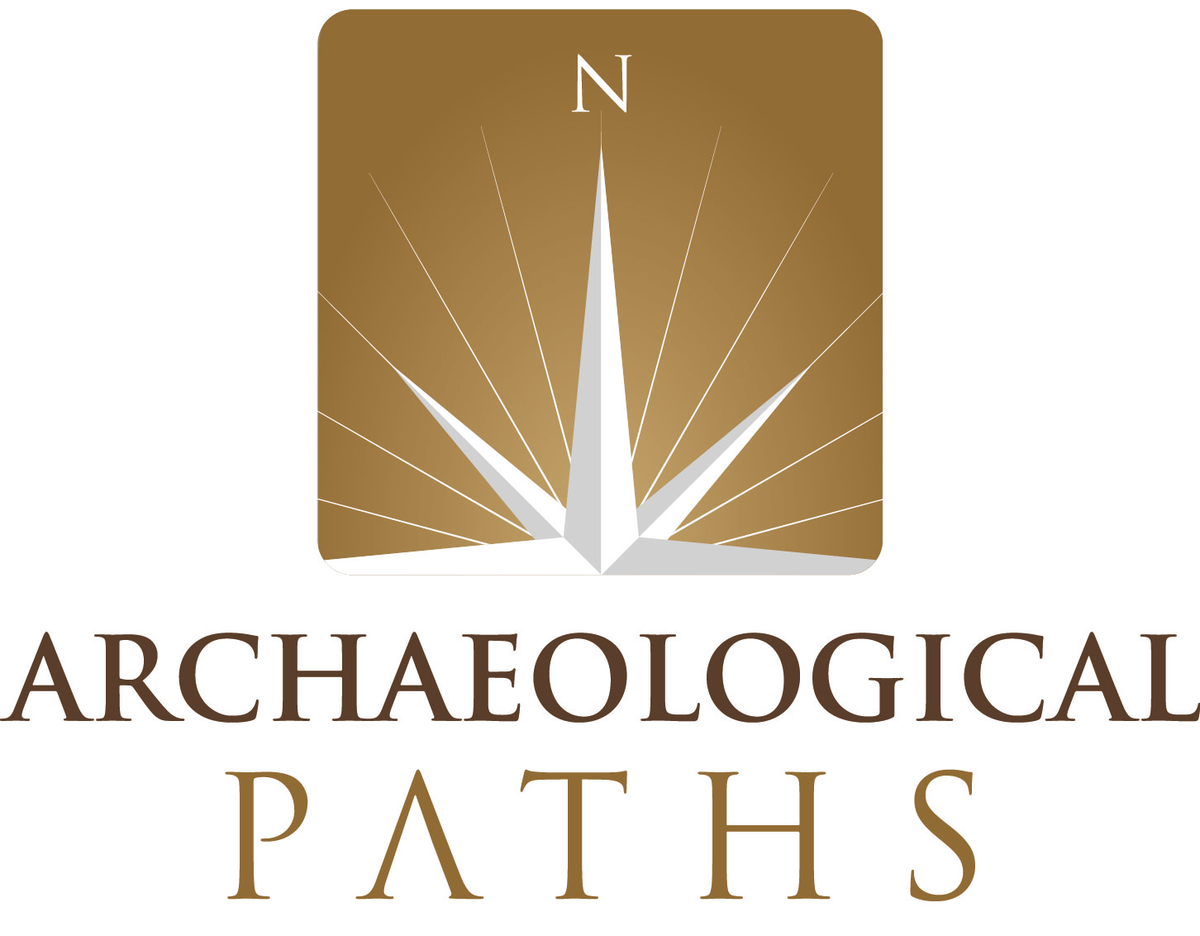09/30/2022 |
|---|
NEWS & FEATURES |
|---|
NASA/JPL-Caltech/SwRI/MSSS. Image processing by Thomas Thomopoulos © CC BY This month is a great opportunity to see the giant planet at its best. |
|---|
JAXA Particles plucked from Ryugu and returned to Earth reveal the near-Earth asteroid originated beyond Jupiter, helping shed light on the evolution of the main belt. |
|---|
Caltech Archives The famed astronomer’s 1963 breakthrough discovery rocked the world, helping to change the universe’s origin story. |
|---|
The makers of Astronomy magazine present the Mars Collection! This highly anticipated box features a 6" Percival Lowell Mars globe, Mars 37 Pocket Atlas, Topographic Model of the Jezero Crater, and more. Subscribe today to get free shipping and a bonus gift. |
|---|
David J. Eicher In September 2022, the sixth Starmus Festival brought its unique combination of talks by luminaries, observing the cosmos, an imaging workshop, and rock ‘n’ roll to an historic world site. |
|---|
X-ray: NASA/CXC/CfA/ M. Markevitch; Optical and lensing map: NASA/STScI, Magellan/U.Arizona/D. Clowe; Lensing map: ESO WFI Could neutrinos account for the dark matter we cannot see in our universe? |
|---|
OBSERVING |
|---|
NASA's Scientific Visualization Studio Your daily digest of celestial events coming soon to a sky near you. Updated Friday morning at 9 A.M. Central. |
|---|
PICTURE OF THE DAY |
|---|
Walt Lickteig and Steve Timmons The Rosette Nebula in Monoceros (NGC 2237–9/44/46) is one of the most popular targets on the sky, but the imagers of this shot have achieved a dramatic red/blue color palette with SHO filters. The image is a four-panel mosaic taken near Fort Davis, Texas, representing 110 hours of exposure with a 14-inch scope. |
|---|
|
|---|
NEED ASSISTANCE? |
|---|
This message was sent to ceo.studentlike.spuniv@blogger.com. © 2022 Kalmbach Media Co. 21027 Crossroads Circle Waukesha, WI 53186 |
|---|
